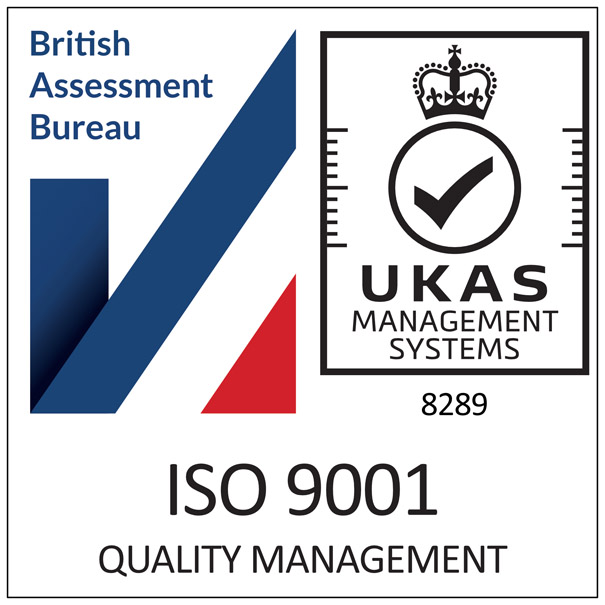
Q: How do chemical weed killers work?
A: There are three different types of chemical weed killers: contact weedkillers that destroy the part of the plant which it is touched by; systemic weedkillers that move within the weed’s sap stream and kill the roots, leaves and stems; and residual weedkillers that kill weeds below the ground as they germinate. Often, reliance on chemical weedkillers can be reduced if not avoided entirely by preparing landscaped areas properly with the right type of weed control membrane – a layer of specialist material that sits beneath the landscaped surface.
Q: What’s the best way to manage weeds without using chemicals?
A: When it comes to weed control without chemicals the advice is to undertake regular hoeing, hand-weeding, repeated cutting, and flame guns to scorch weeds, as well as considering weed barriers like mulching, edging strips and root barriers. Meanwhile, weed control fabrics laid over cleared soil will suppress the regrowth of old weeds and stop new weeds from establishing.
Q: How do weed control membranes work?
A: Breathable weed control fabrics such as Weedtex allow nutrients (including liquid feed and fertilisers), water and air into the soil. This maintains its goodness and promotes plant growth but prevents weeds getting the daylight they need to grow.
Q: How do I choose the best weed control membrane?
A: There are different types of landscape fabrics available to help control the growth of weeds. In Growtivation’s Product That Works range of specialist landscaping products, our Weedtex, Landtex and Groundtex landscape and geotextile fabrics all do the job effectively, but we recommend different ones based on where they will be used in your garden. In a nutshell:
- Weedtex is best for garden borders and under decking with a layer of mulch or bark
- Landtex is best for planting schemes and planted areas and under rounded decorative aggregates in non-trafficked areas, and
- Groundtex is the best option under angular aggregates and stones, gravels, scree gardens, paths and areas subject to traffic.
Q: Is it easy to install a weed control fabric?
A: Each geotextile fabric is slightly different, so you’ll need to refer to the instructions on the product you select. Generally, the area is prepared by strimming any existing vegetation down to ground level and removing any stalks or sharp objects that could pierce the fabric. For areas that have experienced prolific weed growth, you might want to consider applying a suitable weedkiller first. Next, the fabric is laid out and joints are overlapped by a minimum of 100mm. The fabric is then secured (we recommend our Extrafix fixing pegs) then the area should be covered with a 50mm minimum layer of bark or other mulch.
Q: Will a weed control fabric completely stop weeds growing?
A: Weed control fabrics are an effective way to reduce weeds, but these fabrics do not always entirely eliminate the need for surface weeding. That’s because birds will continue to drop seeds on the surface covering, and some particularly invasive weeds such as Mare’s Tail, Bindweed, Crocosmia, Ground Elder and Couch Grass may still persist. In these instances, a weedkiller should be applied first, followed by a double layer of weed control membrane.
Find out more about the Growtivation Product That Works range by downloading our Product Guide and your free copy of our Landscaping That Works guide to weed control and geotextile fabrics.
To find out where you can buy Growtivation products visit our online Where to Buy facility or contact the friendly team at Growtivation for advice on 0800 197 8885 or email sales@growtivation.com.












